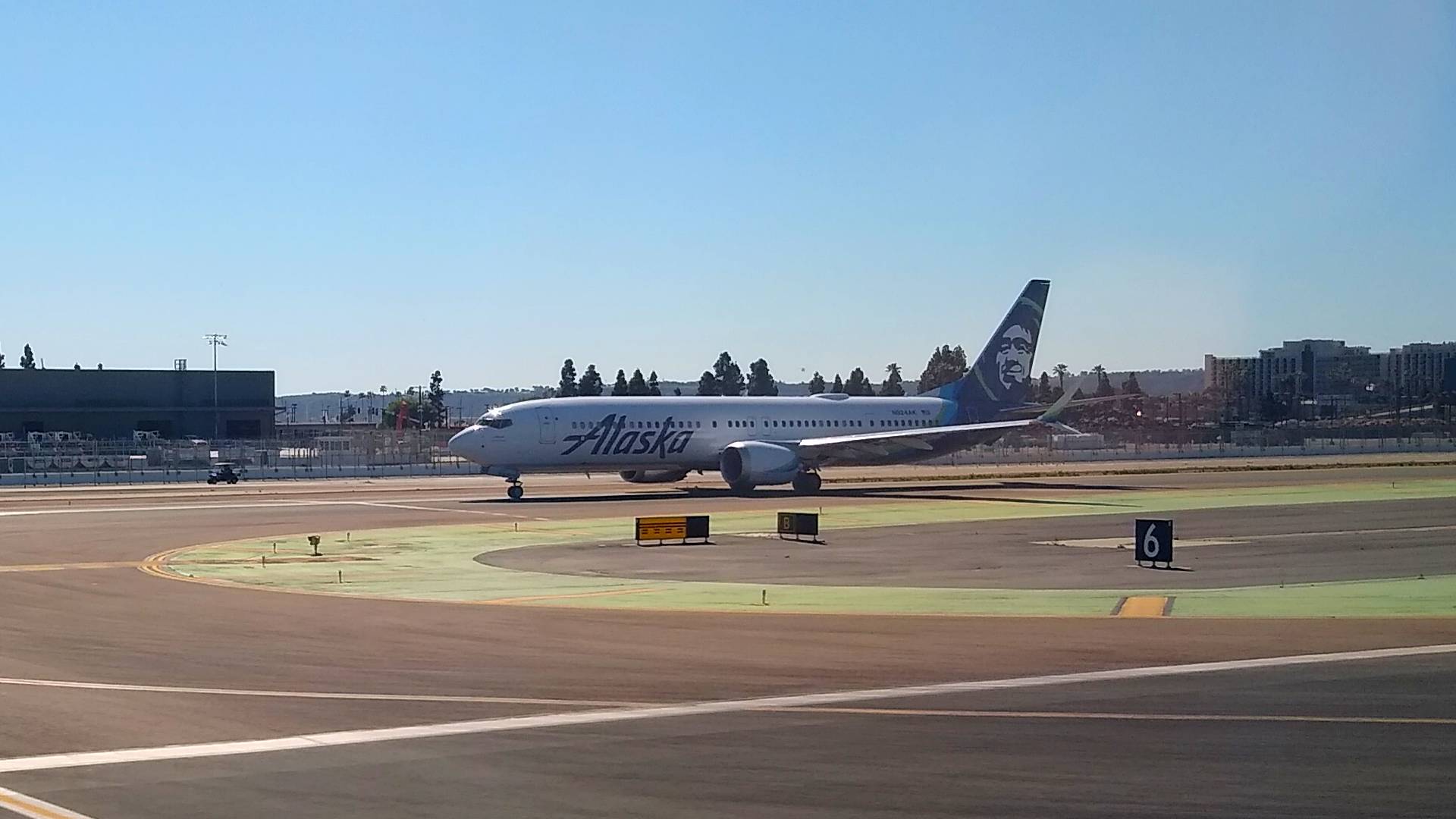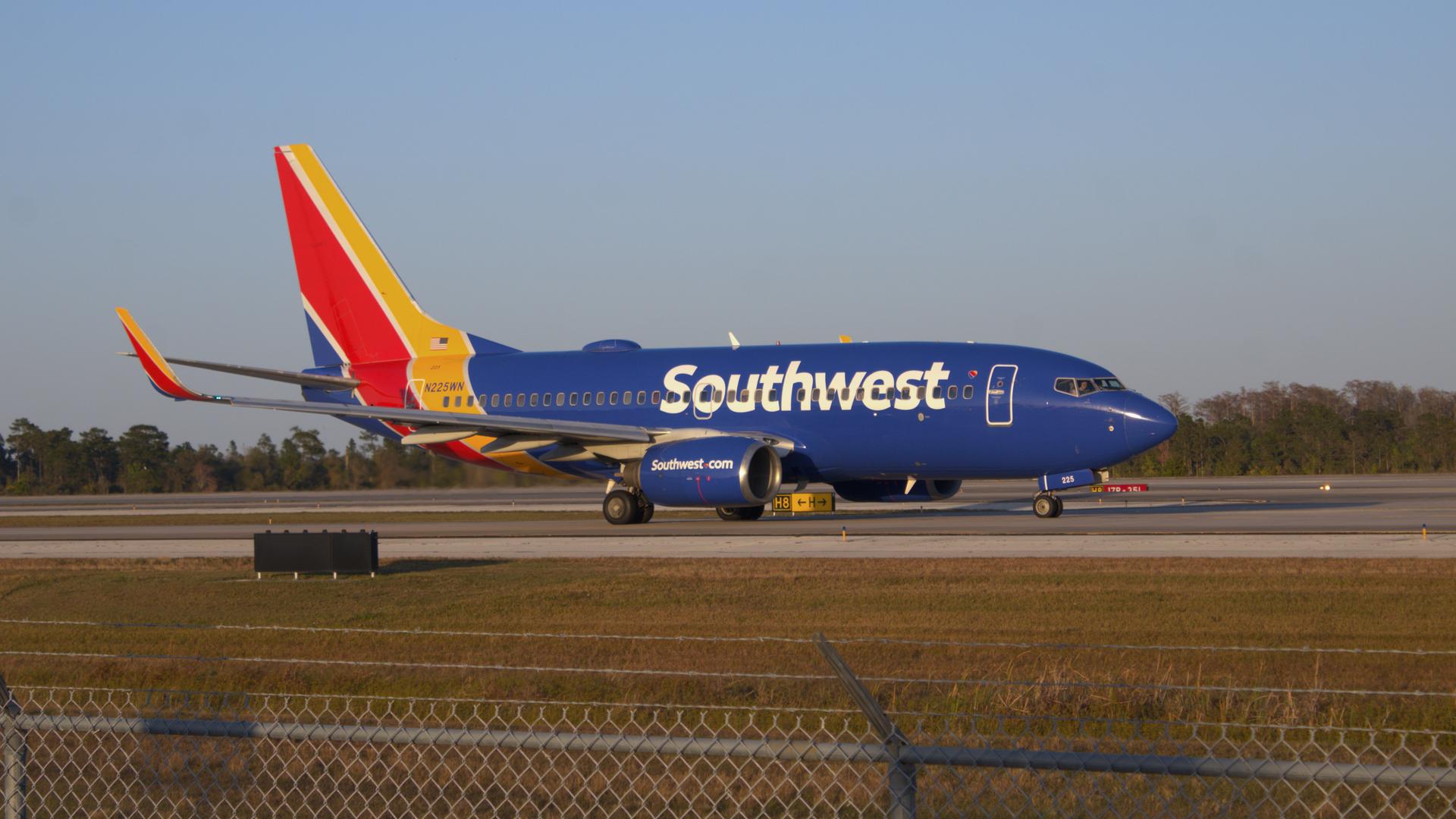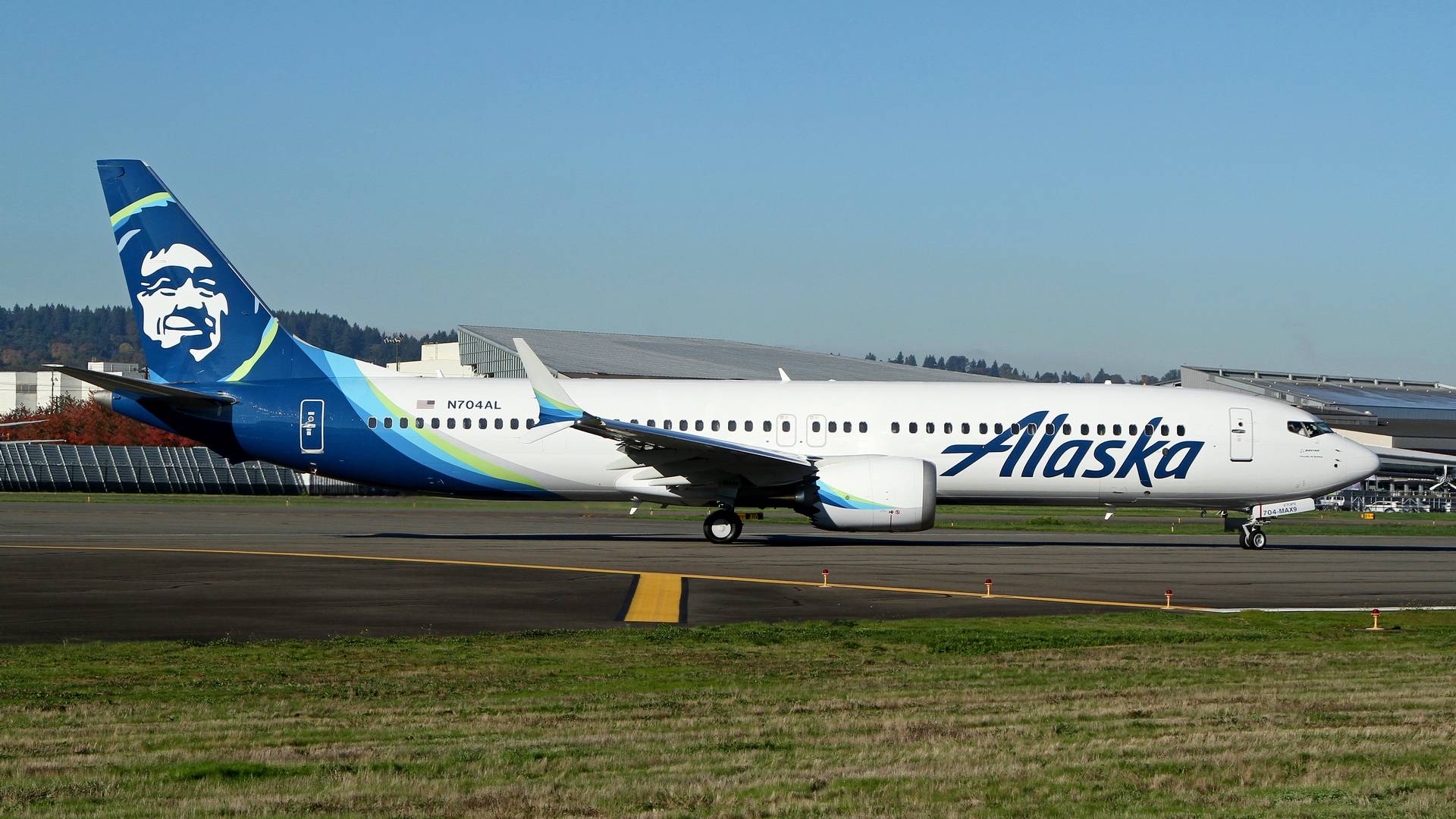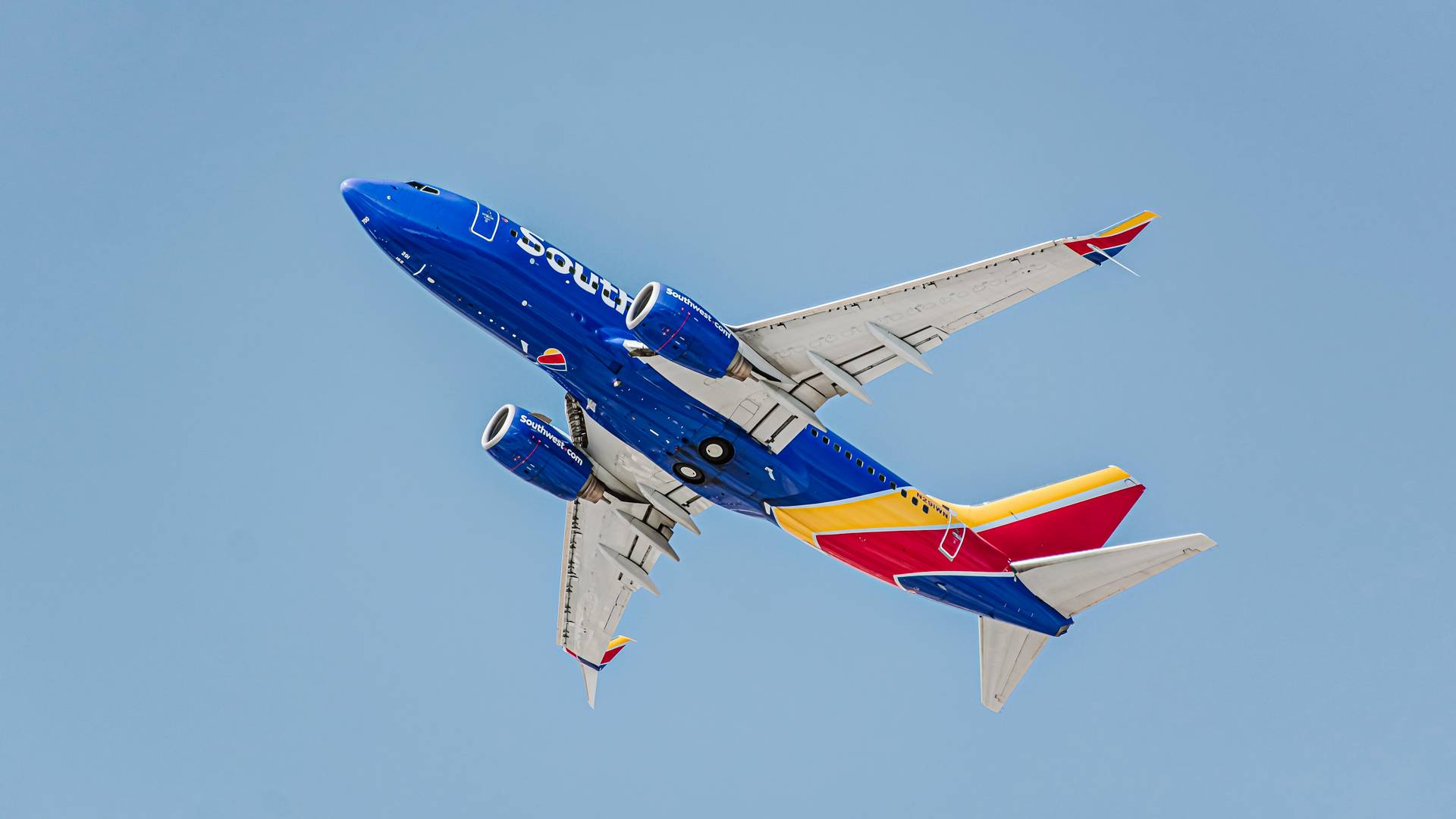The crew of an Alaska Airlines 737 rejected their takeoff at a high speed as a Southwest 737 started crossing their runway in Nashville.
This incident happened on Thursday, the 12th of September. It involved two flights, Alaska Airlines AS-369 and Southwest Airlines WN-2029. Both flights were departing from Nashville International Airport (KBNA).

The Alaska flight’s destination was Seattle Tacoma International (KSEA). On the day of the incident, there were 176 passengers and six crew members on board, and the Alaska flight crew were going to use runway 13 for departure.
As the Alaska crew taxied for departure, the Southwest flight prepared to taxi for their departure to Jacksonville International (KJAX) in Florida. They would take off using runway 20C, and getting to it would involve crossing Alaska’s departing runway.

Southwest Crosses, Alaska Stops
The Alaska flight lined up with runway 13 and got its takeoff clearance from the tower controller. They acknowledged their clearance and started their takeoff roll. Meanwhile, the Southwest flight crew had started taxiing and got clearance to cross runway 13/31.
It is not clear at this time if the Southwest crew got this clearance after the Alaska flight had started its takeoff roll or if they were cleared sometime earlier. In any case, the Alaska crew saw the crossing Southwest aircraft and rejected their takeoff. Their ground speed had gotten as high as 100 knots.

The Alaska aircraft slowed down safely and exited the runway. Their exit was before the point where the Southwest aircraft had crossed in front of them. However, the intense braking of the Alaska flight caused a rise in temperature in the 737’s brakes and its main gear wheels.
Aircraft wheels have safety valves, called fusible plugs (or “fuse” plugs), that melt to release pressure when the temperature rises too high. The intense braking of this rejected takeoff caused several of these valves to open, deflating the Alaska 737’s tires.

This disabled the aircraft on a taxiway as its crew were on the way back to their gate. Meanwhile, the Southwest flight departed normally, but the Alaska 737 is still in Nashville as of this writing. The NTSB is investigating this incident.
The Alaska aircraft is a three-and-a-half-year-old 737 MAX-9 with registration N919AK. A different aircraft, a 737-800 with registration N597AS, flew (most?) of the flight’s passengers to Seattle, departing eight hours after the incident. The Southwest aircraft is a 19-year-old 737-700 with tail number N225WN.




2 comments
Paul Tyree
Well it sure was NOT pilot error!!
Patrick Testerman
No but yes… clearly the two planes should not have gotten conflicting clearances for takeoff and taxiing but when taxiing across an active runway it’s also the pilots’ job to ‘look both ways before crossing the street.’ This occurred in midmorning and assuming the visibility was reasonably clear the Alaskan plane should have been visible to the Southwest pilots.